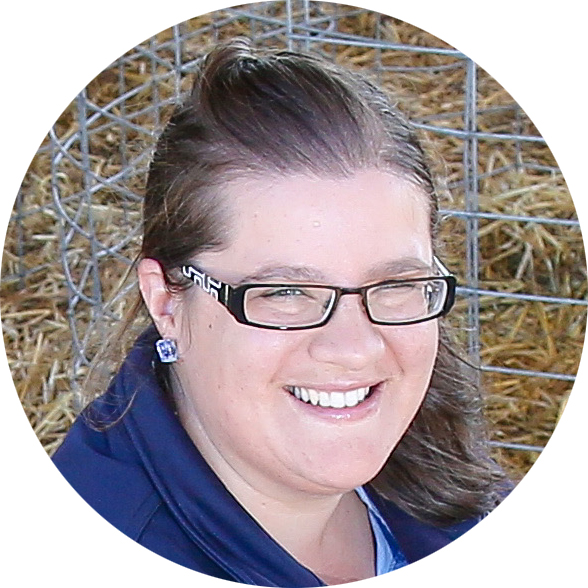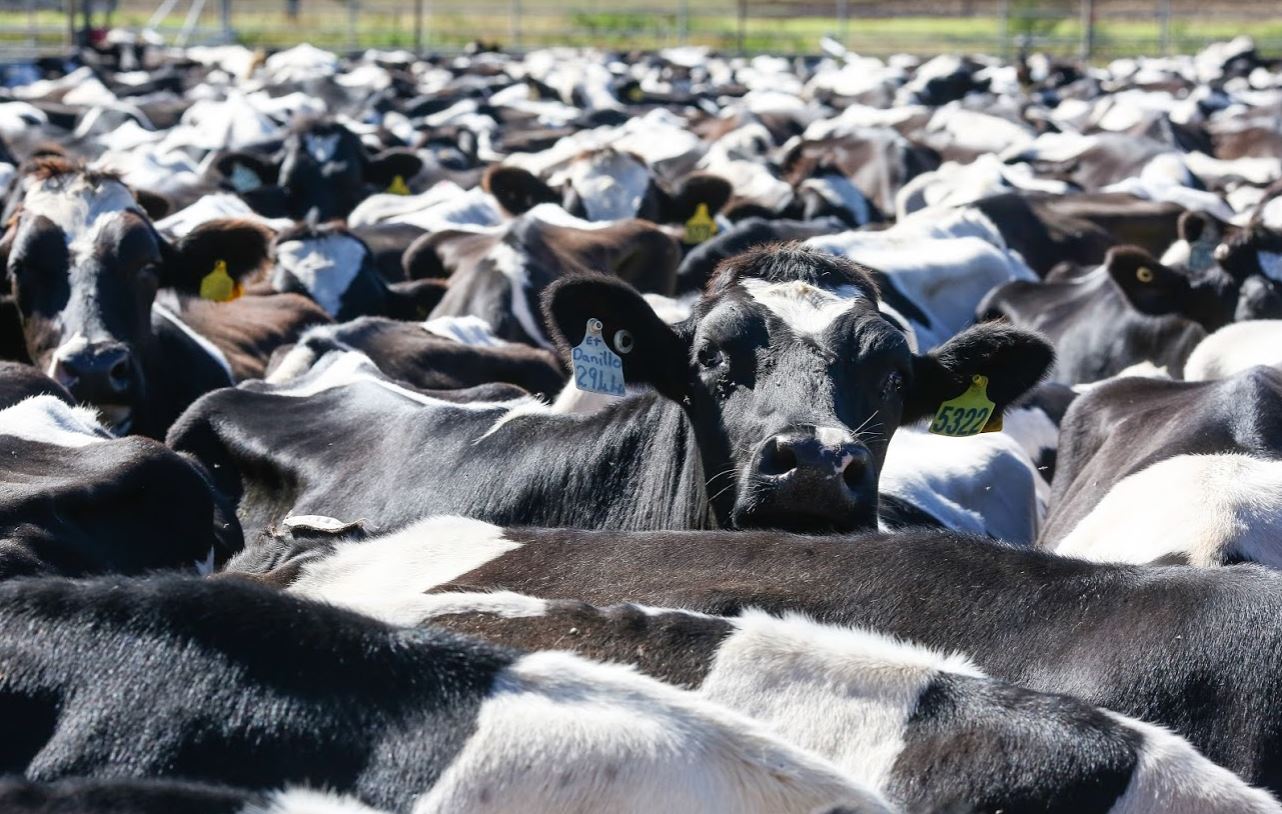Can I agist dairy cattle in NSW?
 PRODUCTION ADVICE - JUNE 2020 - ANIMAL BIOSECURITY
PRODUCTION ADVICE - JUNE 2020 - ANIMAL BIOSECURITY
By Linda Searle
District Veterinarian
P: 03 5881 9919 | M: 0427 629 740 | E: linda.searle@lls.nsw.gov.au

In NSW there are no movement restrictions due to Johne’s disease in cattle. Producers can do their own risk assessment for their farm and choose how to manage their own biosecurity.
Johne's disease has no cure. It causes diarrhoea and weight loss in clinically affected cattle. The disease has a long incubation period. Most cattle become infected as calves but do not show signs until they are at least a year old, with the majority becoming clinical around 3-5 years. The causative bacteria are very persistent and can survive for up to 12 months on the ground.
There are several tools available to help prevent and manage Johne’s Disease. They include farm biosecurity plans, the Johne’s Beef Assurance Score (J-BAS), the Johne's Disease Dairy Score and Cattle Health Declarations.
When thinking about the potential risk of Johne’s Disease in agistment cattle, you need to consider the risk to any other stock on your property as well as the risk of contamination of the land.
What factors lower the risk?
- Young stock are less of a risk of spreading disease. Even if they are infected, they are unlikely to be shedding due to the long incubation period of the disease.
- A high J-BAS or Dairy Assurance Score. The scales are equivalent, with eight (8) being the highest assurance and therefore the lowest risk.
- A Cattle Health Declaration that shows a low risk for Johne’s Disease. This could include no history of disease, negative testing and a high J-BAS or Dairy Assurance Score.
- The herd of origin has a farm biosecurity plan to reduce the risk of Johne’s Disease. This should include monitoring for signs of disease and only buying in low-risk stock.
It is also worth considering your own farm biosecurity plan. If you haven’t looked at yours lately it is worth getting it out, seeing what it has to say and if it needs updating. Johne’s disease is most likely going to be a concern for beef producers who have a self-replacing herd. Due to the chronic nature of the disease, trading operations where stock are only on the property for a short time may not be impacted by the disease in the same way.
You are still legally required to ensure that cattle coming into or moving within NSW are:
- identified with a National Livestock Identification System (NLIS) tag
- accompanied by a movement document
- transferred on the NLIS database.
More information about legal requirements can be found in the Moving cattle into and within NSW Primefact.
More information on Johne’s disease management can be obtained from your local private or district veterinarian.